Finishing a basement is a big undertaking that requires forethought and planning to overcome a variety of challenges. This article looks at some of the most common issues you will likely face when remodeling your unfinished basement.
Moisture Issues
It’s a well-known fact that basements frequently have moisture problems and water issues. We talked about some basement moisture problems in a previous article.
If your basement is experiencing moisture problems, before you do anything else, determine the steps you will take to correct them. If you are hiring a contractor for your basement renovation, you can address those issues with them. Severe problems related to foundation wall cracks or settling may require a specialist to fix, and that may be separate from any finishing work.
Don’t skimp on solving this problem. Be sure to get the leaks, drainage and moisture under control before you make the basement “pretty.” If you simply cover up moisture issues, you can guarantee that you’ll be opening up walls and digging up floors in the future to get the moisture problem fixed.
Ceiling Heights/Low Ceilings
Some basements are not built with the intention of being used as living space. They are purely meant for utilitarian purposes such as providing access to plumbing under the floor or as a place to install the HVAC system. As a result, basements may have low ceilings that make finishing the space difficult.
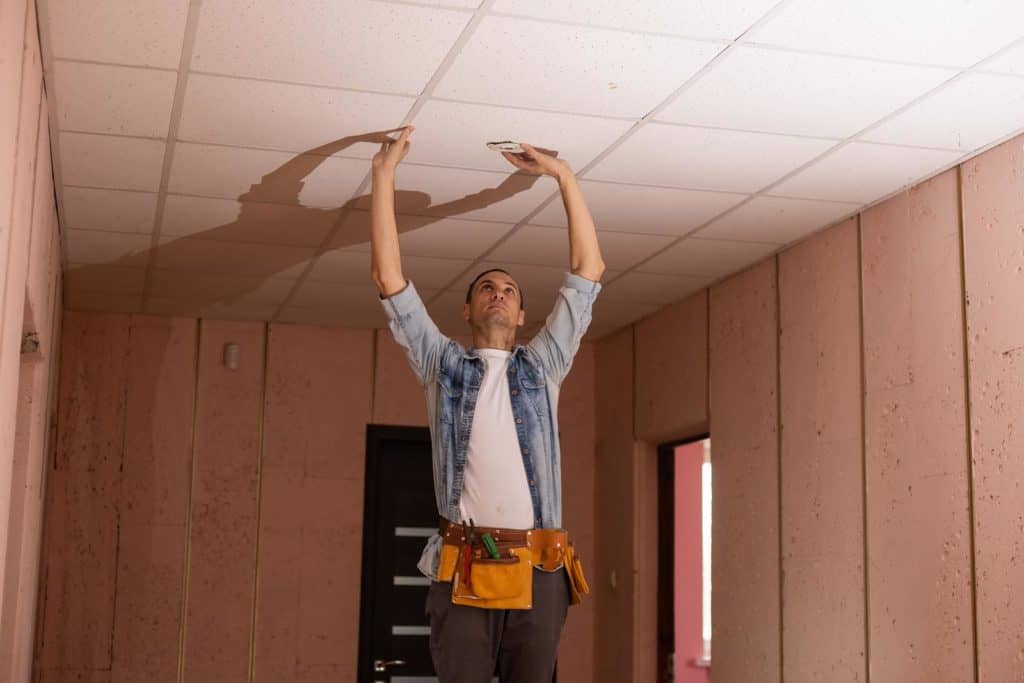
You’ll need to determine the required ceiling height based on the building code in your area. 7.5 feet is a typical minimum.
If you can live with an unfinished ceiling, and the height meets code requirements, you can proceed with your finishing. But if you want a drop ceiling or a drywall ceiling that would cause the ceiling to fall below the minimum required height, you are looking at having to dig deeper. Digging up the existing concrete floor, removing the dirt below, and re-pouring the concrete is one way to overcome low ceilings, but expect to pay a large price to get it done.
Low-Hanging Pipes
Houses are built by dozens of people, often from different companies and contractors. Creating a uniform, quality product from top to bottom is difficult when so many hands are involved.
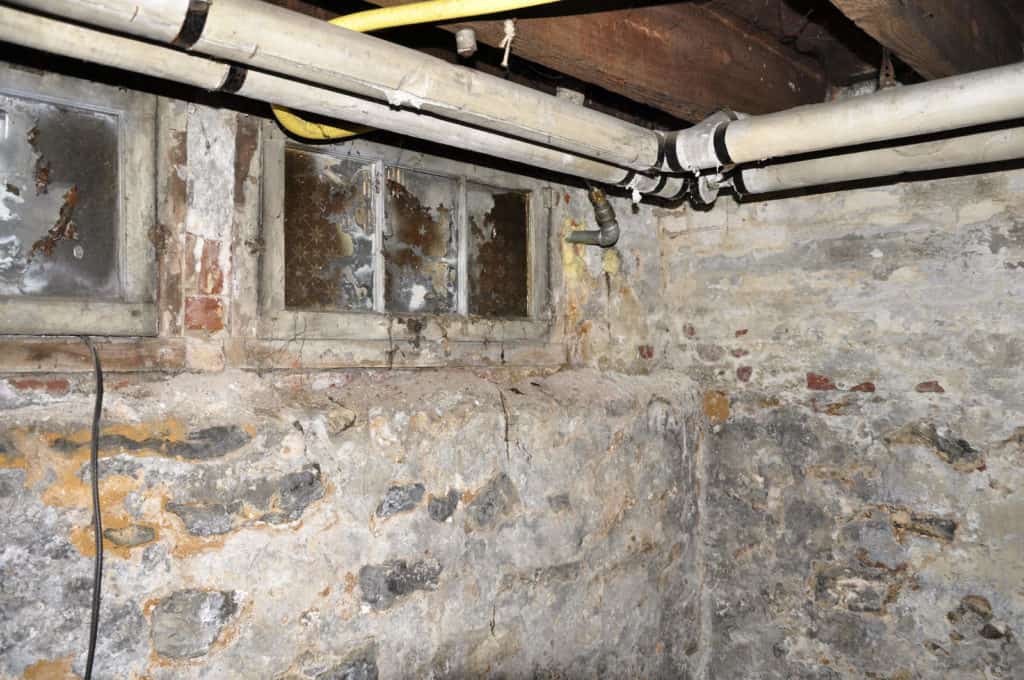
Moreover, house plans don’t always dictate the location of pipes, nor the precise height where they are placed. Those decisions are left up to the crew that is on-site, installing the plumbing.
What results sometimes are pipes that are installed in less than ideal locations, including in the space where your head might like to be. When finishing your basement, low-hanging pipes or unfortunately-placed pipes may require you to build around those pipes or have them removed and replaced in a more appropriate location.
Egress Windows
Before you start planning out where the rooms will be in your “new” basement, you need to know about a building code requirement: egress windows.
Imagine that you are asleep early one morning when you hear screams from the floor above you. “Fire! Get out!” someone yells. You jump out of bed only to discover that fire is burning in the basement where you are living. Your bedroom only has one way out: the door, and that door is blocked by fire. The concrete walls that surround your bedroom have no windows. In fact, all of the basement walls are several feet underground, so windows wouldn’t help. How will you escape?
While this is a fictional tale, it describes a very real danger and is why the requirement for egress windows on all living spaces is part of modern building codes. Livable spaces must have windows of a minimum size and height so that, in case of fire or other emergency, occupants could escape, and rescue personnel could get in.
When you create the designs for your basement, you must include windows on the spaces that will be livable spaces. So you won’t be able to jam a bedroom up against the back wall of your basement, unless you can install an egress window.
While this requirement places limitations on your floorplan, the rules are in place to protect the lives and wellbeing of anyone living in and using those areas. Make sure you understand this and make your plans correctly from the beginning or you may face major problems when you are trying to get through inspections and a final certificate of occupancy.
READ 101 BASEMENT FINISHING TIPS
Support Columns
Your basement is aptly named. It is the base of your house. The rest of the house sits on top of it. What this often means is that basements will have support columns scattered throughout. These columns can be a bit of an eyesore, and they definitely get in the way.
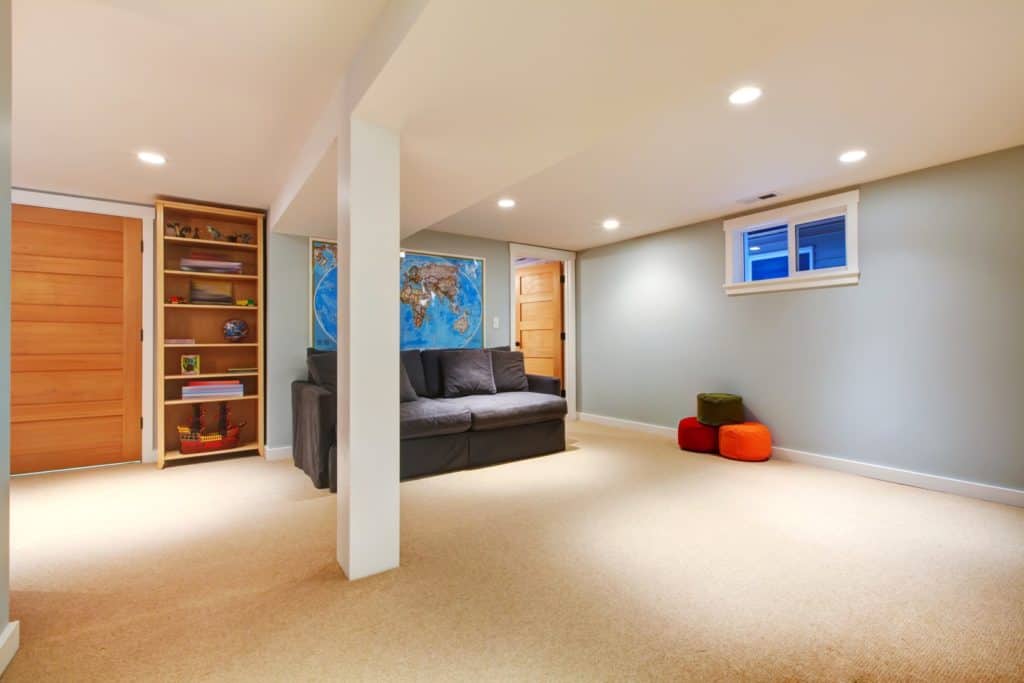
Removing columns is possible, but doing so will necessitate adding beams to provide support for the areas above. Installation of beams can get expensive and complicated.
Instead of removing the columns, you can dress them up with nice finishes that match the look of the room they will be in.
Lighting
Carefully consider how you want to light your new space. A dim basement is not very inviting, but because they are underground, much of the space has no direct sunlight exposure.
You can remedy this with electrical lights of course, but you can also choose to add more windows to allow natural light to come in. Since you have to provide egress windows anyway, you might as well add windows to make the space brighter.
For the areas that will not have windows, you now have numerous unique and relatively inexpensive light options. LED lights are efficient and produce plenty of light to make the space comfortable and inviting.
Heating & Cooling
Basements are a convenient place to install heating and cooling systems for the floor above. But, while this HVAC system is installed in the basement, it usually does not heat or cool the basement itself.
You’ll need to consider how you will heat or cool the basement. While it is possible to tap into the existing system, it may not be powerful enough to condition the air on both floors.
Consult with your contractor about your HVAC needs before making final design plans. A new system will take up space, and you’ll need to decide what type of system you will install and where it will be placed. Other considerations include how you will get gas, oil or electricity to the new system, and how water and exhaust will be removed from the system.
Installing a system is not absolutely necessary, but your HVAC will help to fight moisture in the basement, while making you comfortable. It will assure that the air does not become stagnant, which can help reduce odors.
Ugly Ducting
As mentioned previously, pipes are often placed in less than ideal locations in basements. The same is true for the ductwork that is installed for the floor above the basement. If a basement is not finished at the same time the house is built, ducts may be installed without much concern for how they impact the basement space.
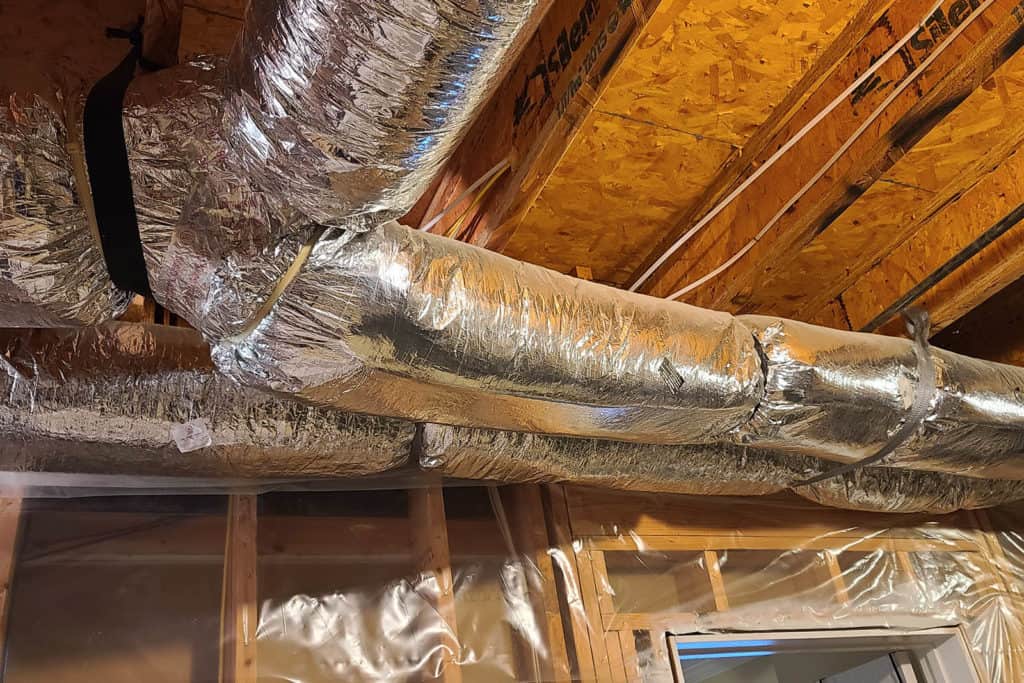
Ducts may have to be rerouted through floor joists or relocated so ceilings can be built. It may be necessary to create boxes or tray ceilings to accommodate the ducts.
New ducts for the basement heating and cooling will also be necessary. Hiding ducts while allowing the free-flow of air can be a challenge, and you may have to sacrifice a little space to make room for ducts.
Water and Sewage Pump
Water and sewage in a basement get special treatment, compared to the rest of your house. When you flush a toilet or take a shower on the main floors of your house, that water and sewage finds its way to the external sewer line or septic tank by the force of gravity.
On the other hand, water and sewage in your basement are below the sewer line in most cases, so how does it get removed from your house? It can’t magically flow uphill!
The answer is that you will need one or more pumps in your basement, and collection points where water and sewage flows before it is pumped upward to sewer level.
These collection basins are normally installed under the concrete floor. Pipes that feed the collection basins are buried under concrete at the time the floors are installed.
Here’s the challenge you may run into when planning your basement: if the collection basin and pump are installed in a spot that is in the way of where you need to build part of your new rooms, you may need to relocate the basin, pipes and pump.
Digging out the old and installing the new equipment will require tearing up concrete, digging out new areas, burying new pipe and pouring new concrete. It’s an expensive process, so you’ll have to decide if it is worth the cost to get your plans exactly the way you want them. If you can live with the existing location of the pump, you can save money.
Of course, not every basement will have one of these pre-installed, so if you will have plumbing installed, you’ll also have to install the basin and pump. But at least you will be able to dictate exactly where it goes.
Electrical Panel
We live in a power-hungry world. We use all kinds of devices that depend on electricity, and you’ll have to carefully plan for your power needs in your new basement.
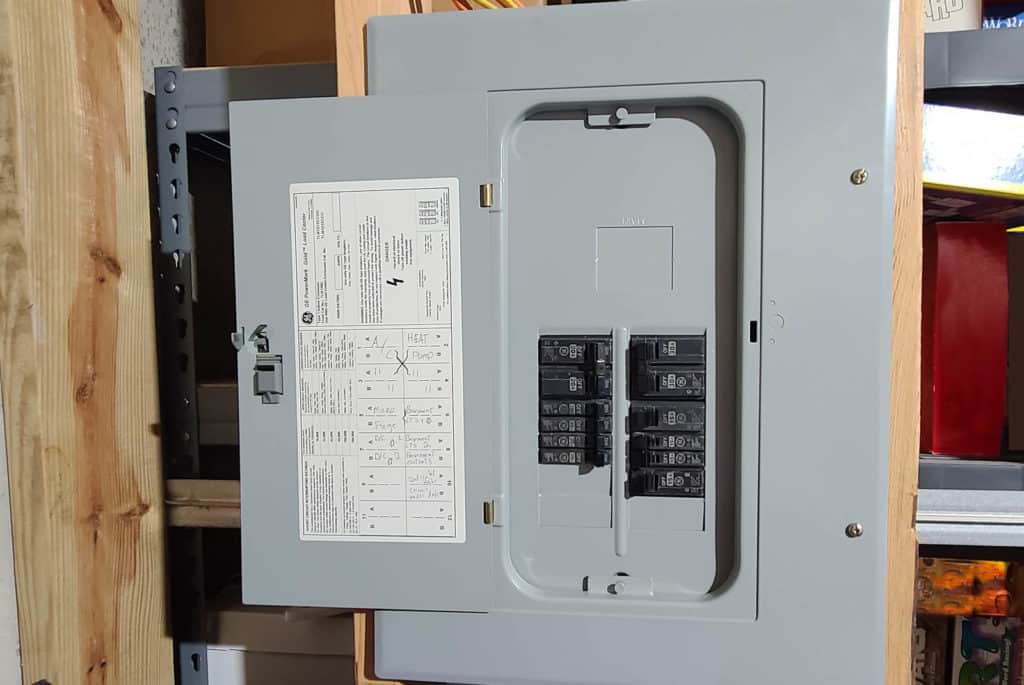
Adding an electrical panel to your basement may be necessary to facilitate your new space. If you already have a panel in your basement, take a careful look at where it is located. Will it interfere with your new floor plans? Will it be easily accessible if you have to build around it? Will you need to have the panel relocated?
If the circuit breaker panel is old, you may have to replace it with a newer arc fault breaker box. Or you may need a panel with greater capacity to handle the new outlets being installed.
Studded Walls
Chances are good that your basement already has some studded walls built in to it. When the plans for the house were drawn, walls were added to the floor plan of the basement, and the house was built according to those plans. Your basement was probably left unfinished or partially finished with studs for walls.

Unfortunately, some of those studded walls may not be where you want to have walls. You may want a more open plan, or you may need to relocate a room.
As with the support columns we previously discussed, you can’t start pulling out studs just because you want a bigger area. You’ll need to verify if those studs are a part of a load-bearing wall.
This type of change is best left to a professional who can correctly determine if a wall is load bearing and carefully support the ceiling while studs are removed. Your contractor may even need to bring in a structural engineer to correctly determine which walls are load-bearing and how best to transfer the load if you remove a wall.
Conclusion
A finished basement is a fantastic improvement to any house. But before construction can begin, take the time to look at your basement as it is now. Look for some of the issues mentioned in this article and see if they could impact your basement remodeling project.
If you are in the Metro Atlanta area, we would be happy to provide a free estimate for your basement finishing project. Request a quote here and get started on your project!

